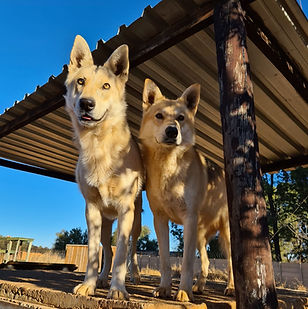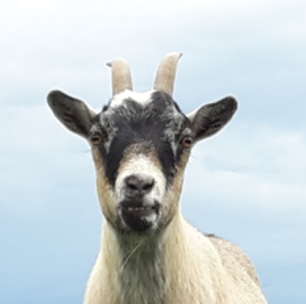
Meet our Animals
Come and meet all of our animals at Cheetah Experience. Choose from the species below, and read some cool facts about each. To meet our animals in person, visit us by booking a tour or come and volunteer for an experience of a lifetime.

Lions
Panthera leo
The lion is the second largest cat in the world, with male lions weighing between 180-250kg when fully grown at 3-5 years of age.
We do not breed lions and do not approve of the canned hunting trade. To read more, visit our Conservation page.

Cheetahs
Acinonyx jubatus
The cheetah is the world’s fastest land mammal. The cheetah can run at a top speed of approximately 113km/h (~70 mph), and they can reach this top speed in just 3 seconds! Today, the cheetah’s survival is threatened and the species is now becoming one of Africa’s most endangered “big cats”.

Siberian Tiger
Panthera tigris altaica
The Siberian tiger, a subspecies of tiger, is the largest cat in the world. It averages about 3.3 m (11 ft.) in length, with a tail measuring 1 m (3 ft.). Adult male Siberian tigers can weigh up to 350 kg. Siberian tigers are considered endangered by IUCN’s Red List, and are poached or illegally hunted for their fur and for body parts that are used for traditional medicines.

Caracals
Caracal caracal
The caracal is a medium sized wild cat found mostly in the drier savannah and woodland regions of sub-Saharan Africa. They have black ears with long thin hair on the tip of their ears to help whilst hunting. Unfortunately caracals are seen as a pests by farmers because they kill chickens, sheep and goats.

African Wildcats
Felis silvestris lybica
Todays’ domestic cats are believed to be descendants of the African Wildcat. Conservation status is currently listed as least concern on the IUCN Red list, however a major threat to the existence of the cat is crossbreeding with domestic and feral cats. It is becoming quite rare to come across a pure bred African Wildcat.

Wolves
Canis lupus
Timber wolves were brought to South Africa to breed with German Shepherds, in order to create a police dog with a better sense of smell. Wolves can range in colour, from black, to grey to white, and have also been found in different brown colours.
Spotted Genets
Genetta genetta
The common genet is a small viverrid indigenous to Africa that was introduced to southwestern Europe. It is widely distributed north of the Sahara, in savanna zones south of the Sahara to southern Africa.
They have a slender, cat-like body, a small head with a pointed muzzle, large oval ears, large eyes, and well-developed whiskers.

Bat-eared Foxes
Otocyon megalotis
Bat-eared Foxes are native to South Africa. Their large ears help them to cool off in the hot African savannah plus they can hear very well.
Bat-eared Foxes are most active during the early morning and evening when it is coolest. When they are not about digging for tasty insects to eat they will be curled up a sleep.

Rescue Animals
Cheetah Experience regularly takes in animals in need of help. We often have a variety of different antelopes, owls and birds of prey. We take care of them until we can release them back into the wild or find a rehabilitation facility where they can be relocated.
Some of these animals find sanctuary at Cheetah Experience and become a part of the family for the rest of their natural lives.








